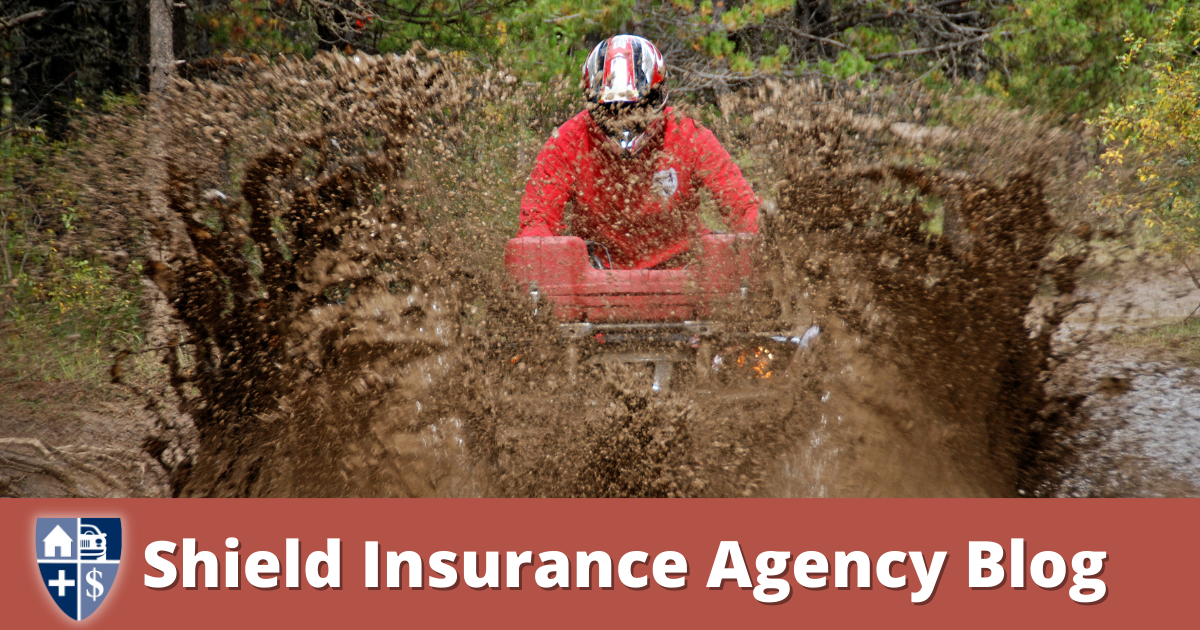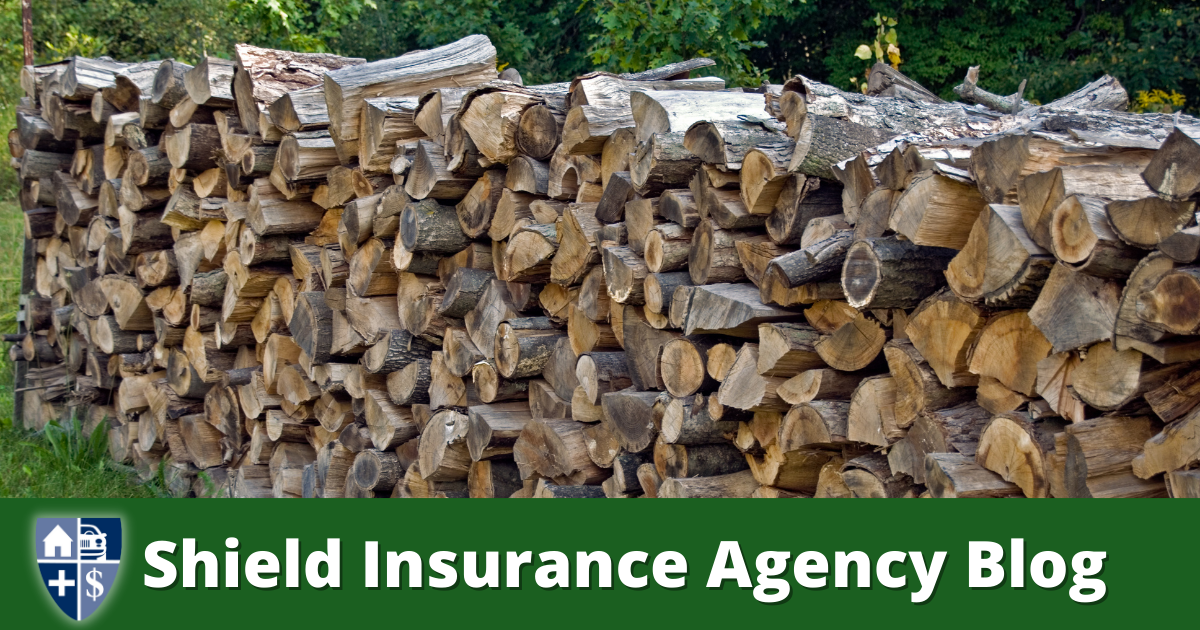
ATV Trail Riding Survival Kit
Foremost Insurance | by Marrio Roberts Jr. | Survival Kit | Recreational Vehicle Insurance | Start A Quote
ATVs and other off-road vehicles are adaptable to many situations. With that being said, you can’t always predict what will happen on off-road adventures. If you need to perform emergency maintenance, it will help to be equipped with the proper tools. To prepare yourself in advance, Foremost® Insurance recommends keeping the following items in your ATV emergency kit.
Air pump and tire repair kit.
When traveling off-road you’re more likely to encounter various bumps in the road, like rocks or even holes, that can flatten your tire. If you have a tire repair kit handy, you should be able to patch small holes. Many repair kits come with air pumps, but it may be a great idea to bring an extra one just in case.
Tool kit within the Survival Kit
It helps to have a tool kit handy if you can. If you need to remove a tire or access a part of the vehicle that’s enclosed under something else, you may need more than just your hands to get the job done.
Duct Tape.
While we don’t recommend using duct tape for any serious repairs, it may be able to temporarily patch a leak in a water hose or radiator bottle, for example, which can buy you enough time to get to a repair shop. Additionally, duct tape can be useful if you or someone else falls off a vehicle. We highly recommend seeking professional medical attention in this situation, but if someone twists their ankle, using duct tape can help to stabilize it until you get to a medical facility.
A knife.
A knife can be useful if you or someone you’re with has an injury, as it can be used to cut bandages and wrap tourniquets. Whether you opt for a Swiss army knife or a regular pocket knife is up to you. A Swiss army knife may apply to more situations overall, but in terms of practicality, a pocket knife may be enough.
Jumper cables as part of the Survival Kit
Of course, jumper cables will be useful if you or someone else’s vehicle loses battery power. We recommend always keeping these with you.
First aid kit within the Survival Kit
First aid kits can be useful for treating minor scratches and bruises. With the unpredictable terrain of off-road adventures, you never know when you’d need these.
Bug spray.
It’s not uncommon to encounter bugs when you’re off-roading. If you don’t want those pesky creatures bothering you, keep some bug spray in the vehicle. This way if you forget to put some on before you head out, or if it wears out, you’ll always have some to reapply.
Spare tire.
While we do advise keeping a tire repair kit, they don’t work in every situation. There may be times when a tire is damaged beyond repair. In this case, you’ll need a spare tire.
Spare parts for the survival kit
You should keep a spare of the following parts: belt, spark plug, tie-rods, and ball joints. While these require a bit of handy work to replace, if you don’t have any spares on hand, you may become stranded.
Tow strap.
If you do become stranded, you will need someone to tow your vehicle to a safe place. We advise you to keep a tow strap on hand in case this happens.
To lessen your chances of having emergency situations, please ride safely.
If you’re looking for ATV insurance, UTV insurance, or insurance for another off-road vehicle (ORV), you can get a quote with Shield Insurance Agency today!



























































